The kiwi physicist Ernest Rutherford infamously said:
“all science is either physics or stamp collecting.”
This idea is still prevalent in physics and mathematics circles today, especially with regards to biology. Biologists are thought to simply put labels on things and ‘collect stamps’. Anatomists label bones in our body, palaeontologists label dinosaur fossils, zoologists label new species, biochemists label the structure of proteins. The list goes on.
The result is that biology is often seen as a lesser science. This is compounded by the fact that biology lacks the mathematical rigour of physics and chemistry. It has no universal laws like physics. At times, it is viewed as a mere historical science explaining the past, but not the future.
On the flip side, scientific endeavour in the experimental sciences like physics and chemistry is put on a pedestal. These scientists can very easily plug numbers into their equations to make reliable, experimental predictions that hold up their theories.
Biologists are not so lucky. Particularly evolutionary biologists who study why life resembles the shape that it does today. There are simply no equations to predict what a group of kangaroos will look like in a hundred years time. Will their tails be longer? What colour coat will they have? Will they be stronger or weaker boxers?
It would be very difficult to find answers to all of these questions.
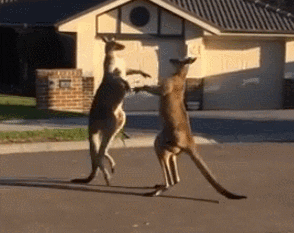
In the short term, genetics and other analysis can make reasonable predictions, but as time goes on, the water gets more murky. Over longer periods of time, an increased number of variables have the possibility to intrude compared to a highly-controlled, ten minute long experiment in a chemistry lab.
Unfortunately, these long term investigations are the precise focus of study for evolutionary biology.
Biological organisms are also incredibly complex systems. Much more complex than those found in physics and chemistry. Organisms like humans are built out of trillions of cells each of which contain hundreds of molecular pathways, all interacting with one another.
Isolating a singular variable out of this mess is not easy.
Even if we could measure all these variables, any predictions made are often very fragile. This pandemic is a prime example of how large the discrepancy between predictive modelling and real life can be.
Compare this level of complexity to the twelve fundamental particles and four fundamental forces found in standard particle physics. You can start to understand why biology is yet to find any truly universal laws.
So then how do we extract order out of this chaos? How do we make biology more like physics with its laws and mathematics? Is it even possible and is it a goal worth attempting to achieve?
One approach to finding such order is to search for patterns across the tree of life. Looking for regularities is a common practice in physics and has in no small part contributed to its theoretical success. What then are the patterns and regularities of biology?
There are a few well known ones but I will describe something that has amazed me over the past few months.
This is the tendency of life to conglomerate into social groupings. And I don’t just mean humans meeting up for coffee. The evolutionary definition of sociality refers simply to interactions between any individuals.
The pattern then is that complex social interactions tend to be consistently maintained across all forms of life. To see this in action, we need only look inside ourselves.
All animals are made up of a complex network of cells, communicating with one another. After a meal, cells in your gut will absorb sugars from your food and dump them into your bloodstream. Cells in your pancreas then detect the increase in sugar levels and release insulin. Insulin signals to cells all around the body to take up more sugar out of the blood.
We can easily think of this as a whole bunch of cellular conversations. Some messages are widespread like a news broadcast, others more personal. But communication is what keeps our bodily societies running.
Each individual cell is also different. Specialised to a particular task. Each cell makes their career in doing something specific to keep the body running. Brain cells work hard all day to keep you thinking, photoreceptors in your eye work tirelessly to enable you to see, muscle cells keep you moving.
These cells are also reliant upon each other, to the extent that they cannot live outside of the society of your body. If you cut off your hand, it’s not like it can walk off down the street.

There are of course some exceptions to severed limbs living on (sea stars come to mind). But in general, the cells living inside multicellular organisms have lost their identity as unique individuals. They are now simply parts of a bigger individual.
This pattern of sociality repeats itself throughout all of biology. Smaller individuals (e.g. cells) interact with one another to form a larger individual (e.g. you) resulting in specialisation at the lower level. The smaller individuals cannot survive outside of the larger individual (e.g. severed hand).
Going within the cell we see the same thing. Many different parts come together to form a whole. We have the mitochondria, the powerhouse of the cell, which specialises in energy production. There are kinesin proteins which serve as delivery trucks taking cargo from one part of the cell to another.
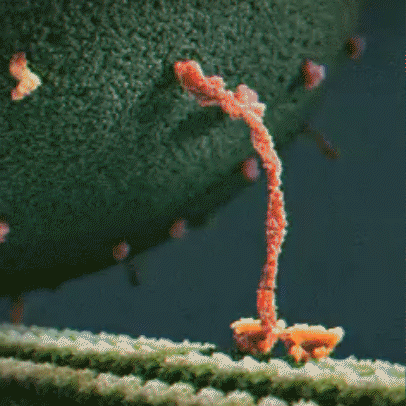
Again, these parts of the cell cannot survive alone. Even mitochondria, which were once a free-living bacteria, can no longer survive outside the confines of our cells. They are fully reliant upon cellular society. Much like you or me would probably not last long if thrown into the outback.
Our long-past ancestors could certainly survive just fine as foragers. But for those of us who have grown up in urban cities, and have lost this knowledge, we have become reliant upon society itself.
However, defining groups of humans as super-individuals would not really be possible. Would a family of humans count as an individual or would a whole city be better? Even then, cities are in constant contact with other cities forming a country, which then interacts with the rest of the world. Perhaps the whole human race forms a single individual.
For honey bee colonies, the boundary is a little clearer. These colonies form distinct super-organisms and there is very clear individual specialisation. The queen, for instance, produces the offspring of the colony whilst the sterile worker bees do, well, all of the work. The queen is the reproductive organ and the worker bees are the limbs.
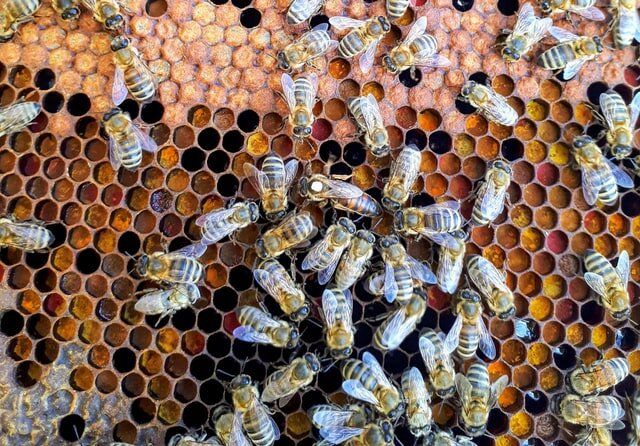
Sociality just seems to repeat and repeat all through biology. So it is no surprise that is the subject of intense theoretical research, ripe with debate. Biologists are still yet to come to a consensus for why such structure exists within life. Why should groups of individuals evolve to become social in the first place?
I don’t know the answer yet. But there is an obvious pattern here, that can even arise out of the simplest of systems. Take the Game of Life.
The game was in invented in 1970 by mathematician John Conway. He sadly died last year due to COVID-19. The simulation starts when the user place an arrangement of live cells (pixels) onto the board and then pushes go.
The cells then live, die and reproduce according to some simple rules.
- Any living cell with two or three live neighbours survives.
- Any dead cell with three living neighbours becomes a live cell. This is like reproduction.
- All other live cells die in the next generation.

The details aren’t that important and simply watching this play out is quite entertaining. Needless to say, this is a far oversimplification of life but even in this extreme case there is still room for sociality. Specific configurations of pixels can create mini machines, like the organs in your body or the kinesin in your cells.

If we put many of these machines together into a complex structure, the game can even simulate itself:
This is pretty much what has happened with organelles forming cells, forming humans which in turn form societies. At each stage of sociality evolving, there are small bits of social structure which come together to eventually form a bigger individual that can replicate on its own.
For this reason, many biologists say that life is like a set of Russian dolls, with each level being enclosed by the next.

Biology does have regularities, no matter how complex it is. Behind these regularities there must be something deeper going on. We don’t know all the answers yet, but when they are found, I think that biology will begin to take on a very different form. Highly distinct from stamp-collecting.
Jake
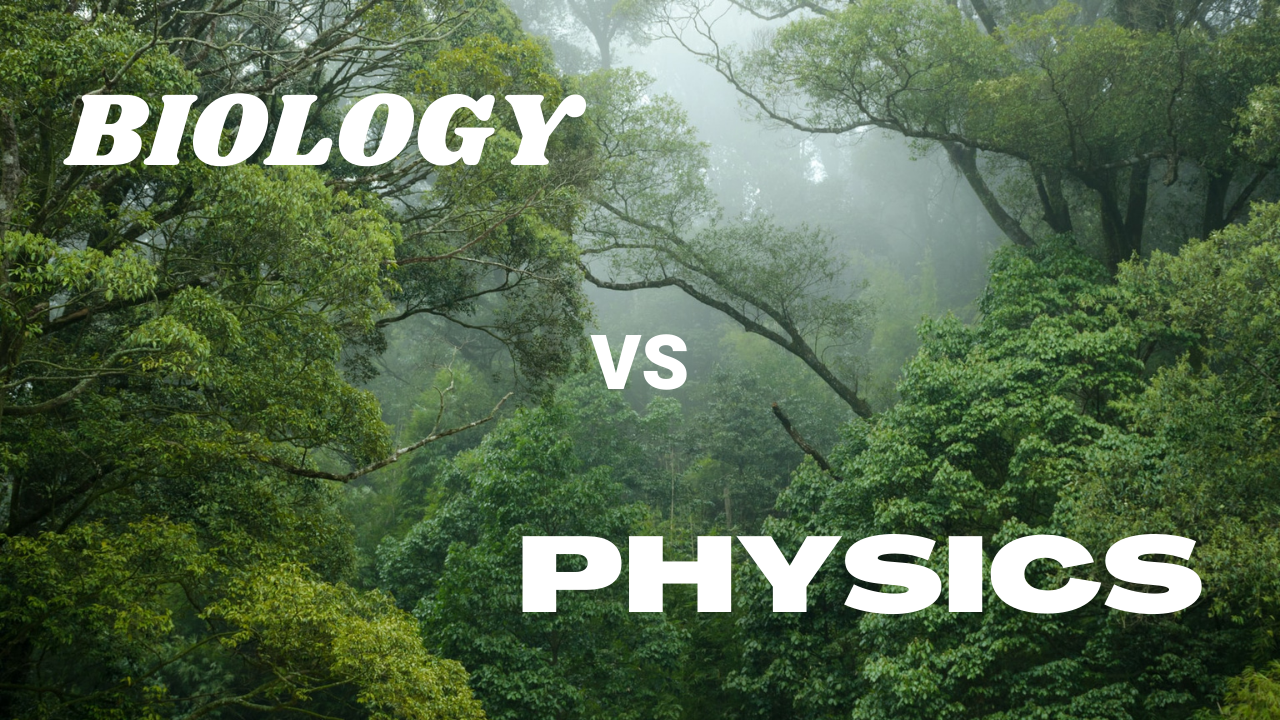
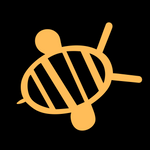
Member discussion: